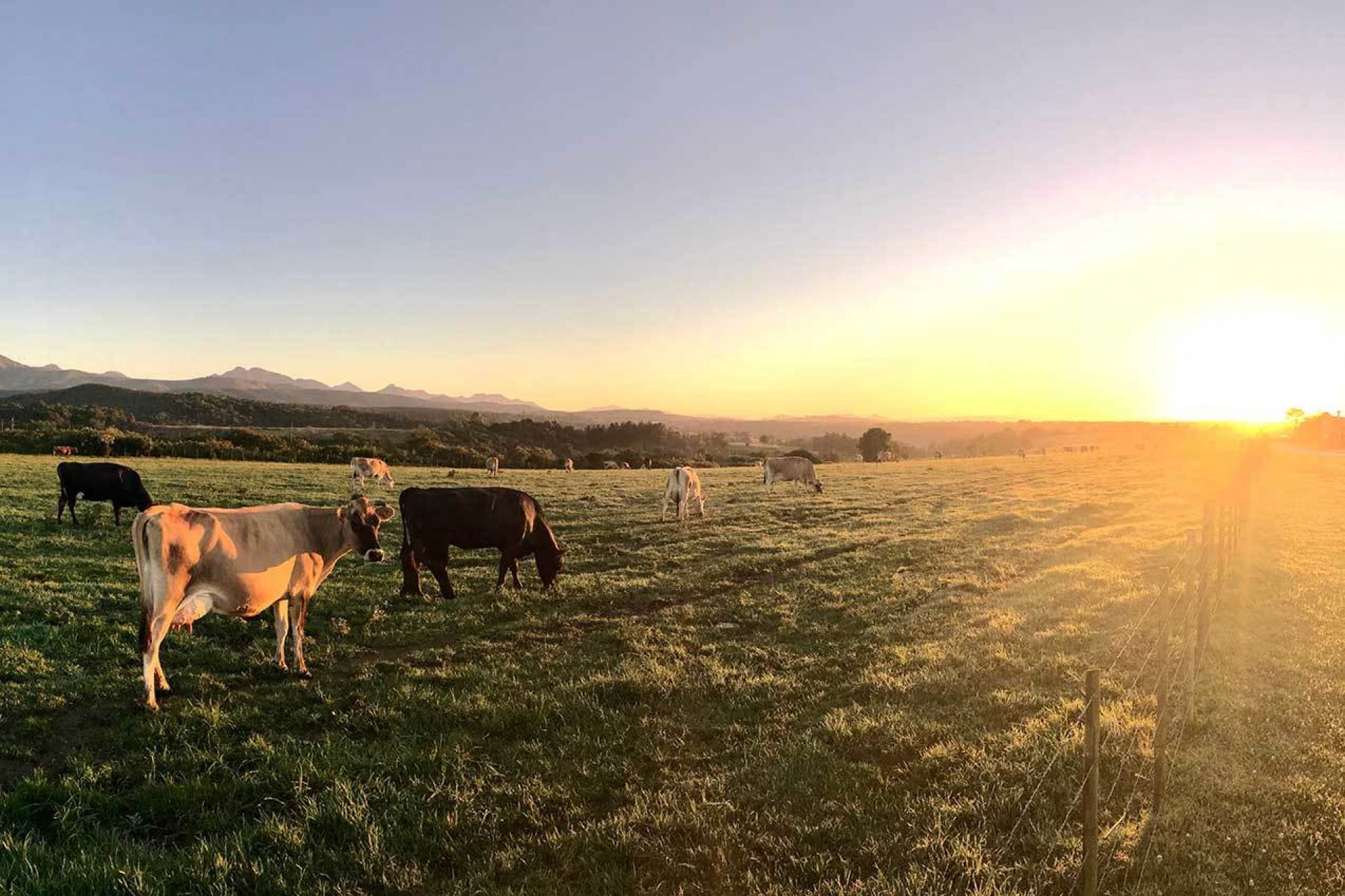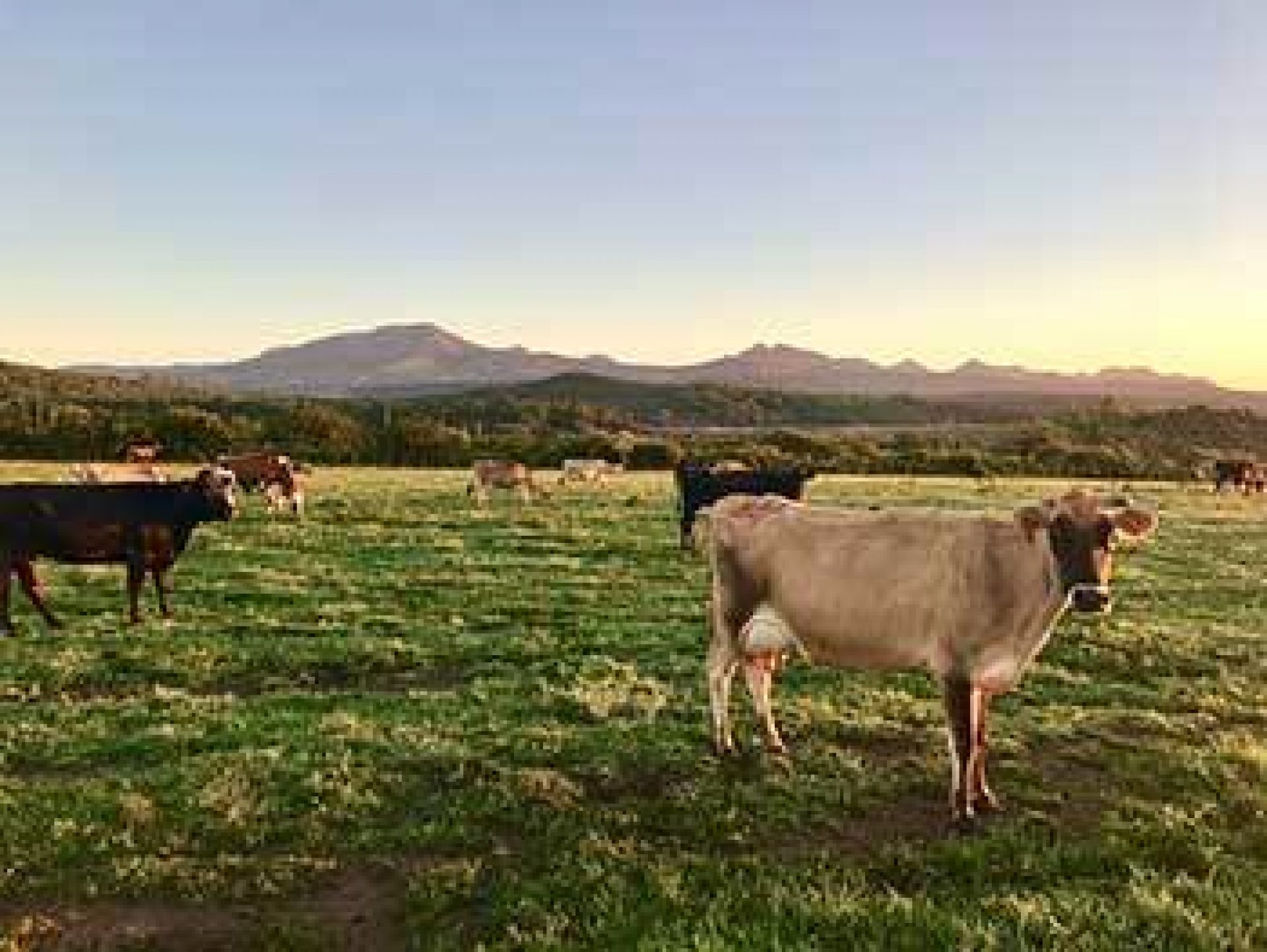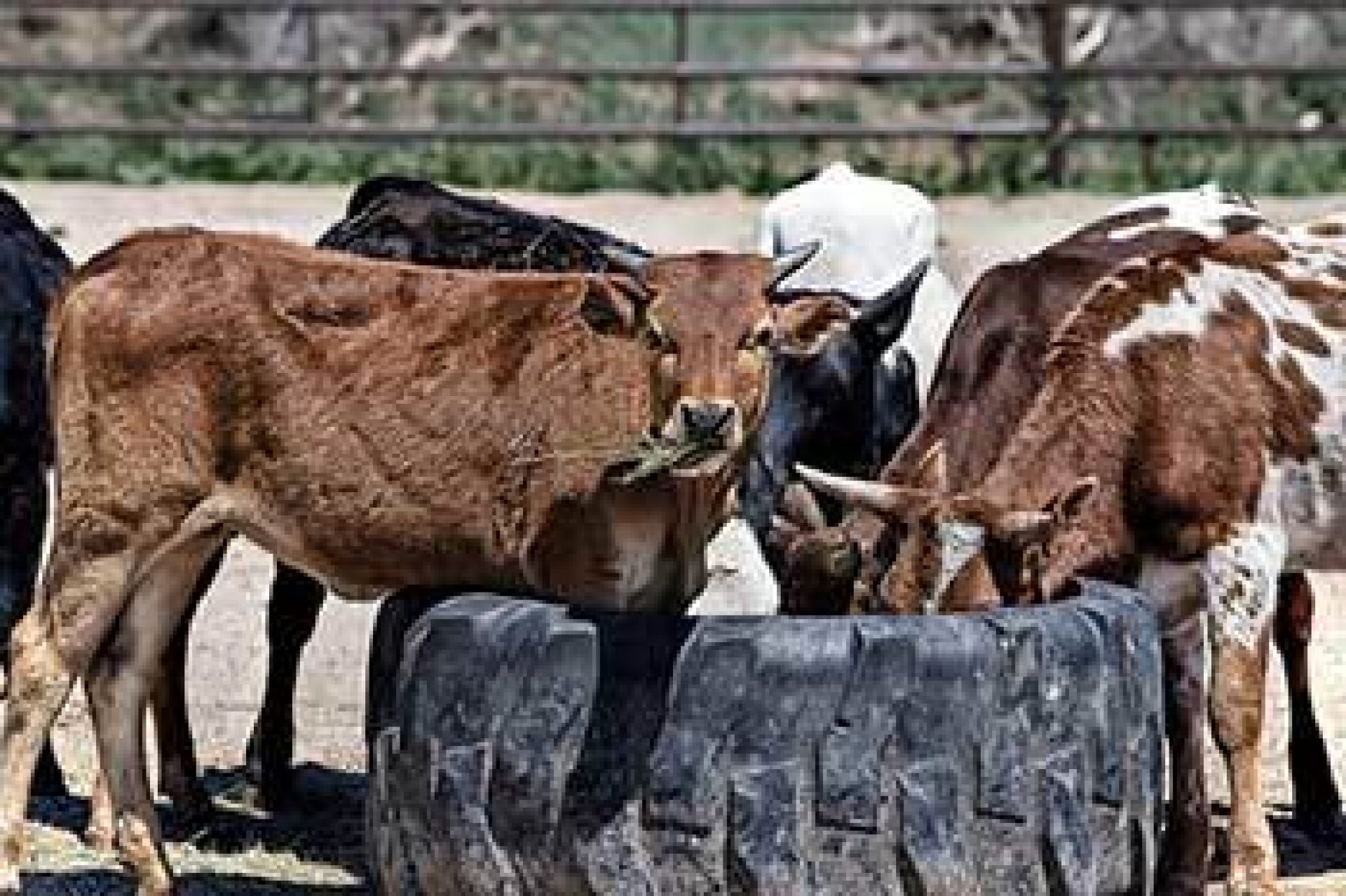5 Simple Steps to Effective Cattle Grazing

When grass is finally turning green, even in northern climates, that means we're switching gears to focus on cattle grazing. Getting beef cattle out on pasture in the summer months can simplify life and herdsmanship responsibilities, while also adding some new challenges. Benefits of cattle grazing for our cattle operations are well known, but overgrazing can also be a problem that reduces the forage intake and nutrient quality for our herds.
Experts have numerous suggestions on how cattle producers can make the most of available grass for our herds. Here are five simple steps to effective cattle grazing that you can implement in any geographic location.
1. Prevent overgrazing.
This is crucial. Cattle graze for about eight hours per day. The highest nutritional value is in the young leafy parts of the plant, near the top. The closer the grazing animal gets to the stem, the less nutritional content there is. Overgrazing creates a ripple effect of problems in cattle herds.
Many experts say that you need a minimum of 10 pastures in a rotational grazing situation to prevent overgrazing. A higher number is even better. Cattle should have enough space; watch the stock density of the pasture, and ensure you have enough feed. When cattle are moved, they should go to the pasture that's recovered the most, not the closest one.
Short cattle grazing periods are best. Cattle graze selectively, and eat the best and highest quality grasses first. A four-day grazing period in May and June, and a 10-day grazing period in the warmer months is ideal. It is important to remember that these are just guidelines, and that stocking density and pasture acreage size should still be considered.
Another way to measure your cattle grazing period is by plant height. Again, this will vary depending on the type of grass, but a general rule is to start grazing between 5-10 inches, and stop grazing at 2-4 inch plant height.
2. Minimize the number of herds.
This is a labor and time issue. Minimizing the number of herds allows you to check on animals faster. For example, it will take more time to check two herds of 300 cattle each, versus one herd with 600 cattle.
If your pasture size is large enough, consider increasing your stock density. It is recommended to have fewer larger herds than multiple smaller herds. Create herds based on nutritional needs, with your meat animals in your high group, receiving the best grazing available. Cows with calves and growing heifers are your mid-group, and dry cows are your low group. Graze the groups sequentially in a pasture to avoid spot grazing.
3. Let the land recover.
The longer the recovery period is, the better the land will be. After cattle have grazed a paddock, and are moved to a new paddock, let the land recover, and it will also improve itself. Growth can be stimulated because leaves and grasses are no longer shaded plants, allowing them to flourish. The longer it recovers, the more nutrient-rich the grass will be, and the root systems will further develop, helping to prevent cattle pulling grass out by the roots.
Cattle should always be moved to the most recovered paddock, not the most convenient one. This is also why experts recommend a minimum of 10 paddocks. Rest period length varies depending on the type of grass, however a minimum of three weeks is needed. Attention should be given to soil health and re-seeding as needed. Conducting annual soil tests and adding soil amendments during recovery periods can strengthen the land. Re-seeding as needed will improve forage yield and nutritional value.
4. Control the weeds.
When rotational cattle grazing is done correctly, weeds are often kept to a minimum. However, many paddocks have longstanding issues with weeds, or are challenged by invasive species that have been introduced to pastures. Weeds such as goldenrod, thistles, and brush should be controlled, while poisonous plants should be removed. A local Cooperative Extension agent can help identify plants that cattle are avoiding in your paddocks, and make recommendations for control. Weed control options include cultural, mechanical, chemical, and integrated. The type of plant, size of your operation, size of the weed problem, and other factors will influence the recommendations the Cooperative Extension agent makes.
5. Add water.
Aside from making sure that your paddocks have proper irrigation, water access for your herd is very important. Grazing strategies are often prioritized by cattle producers, while the same effort and consideration should go into planning out water sources for cattle to prevent overheating in the summer months.
Make sure that cattle have adequate access to a clean, cool drinking source. The size of the tank is important to consider, and cleaning may be needed in warmer months to prevent contaminated water sources. It is recommended to have a man-made water source instead of a natural one, especially in areas where tuberculosis could be a problem. Wildlife will use natural water sources, and can contaminate cattle.
Finally, you should consider the distance cattle travel for water. Ideally, they should be within 800 feet of a water source at all times.
Using these tips can increase the effectiveness of your grazing this season. Consulting experts can also improve your operation based on the specific needs of your pastures. Grass is green. Cattle are grazing. Life is good.
How to get a better yield from your summer forage
References
11 Grazing Tips Learned from Top Grazing Managers - Beef Magazine
5 Tips for Pasture Management Success - Beef Magazine
Pastures for Profit: A Guide to Rotational Grazing - USDA NRCS
10 Tips for Grazing 365 Days - Missouri Extension





Comments
Join the Discussion
Comments